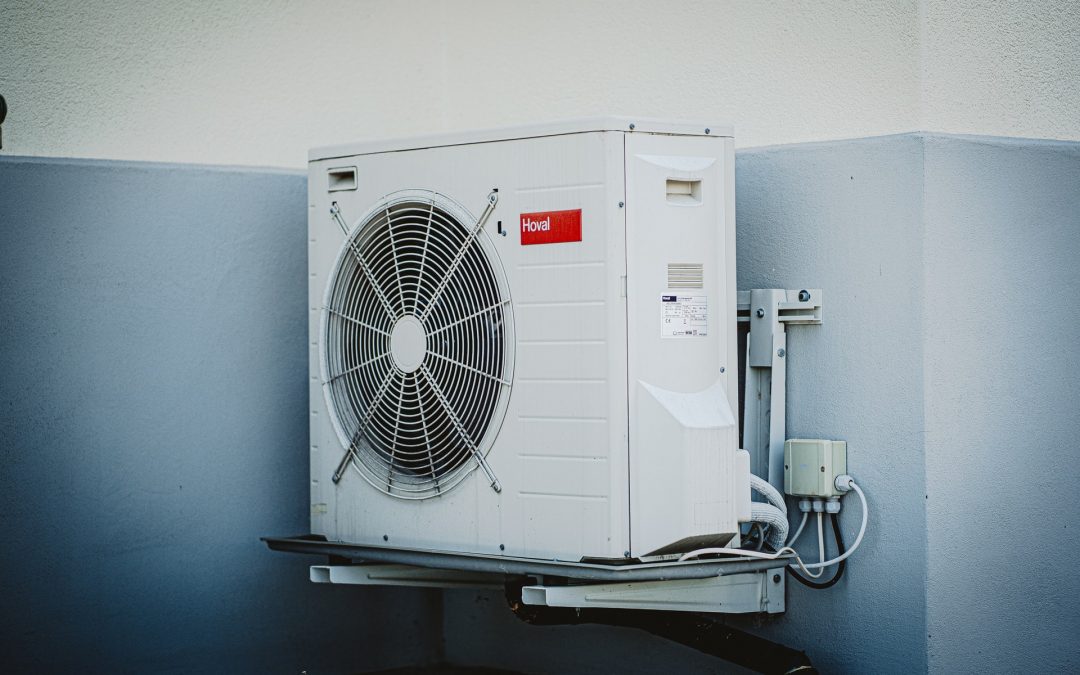If your AC is not working, or the system is blowing warm air, or the unit shakes or makes strange noises, then most probably your AC compressor has issues. Diagnose the problems of the AC compressor by following the next four steps.
You will need:
- A Phillips head screwdriver
- A multimeter or a device that can measure ohms
Let’s start!
1. Turn off power
Unplug the AC unit to protect yourself from electrical shocks while checking the compressor.
2. Remove the faceplates
To reach the compressor, unscrew and remove the faceplates that block the access to the internal components of the AC. If the unit has an electric access panel, remove it as well to reach the wiring of the AC. Pay attention to where you place the screws. You will need to put them back later, once checking is done.
3. Look for visible damage
The compressor looks like a cylindrical metal tank. Inspect the wires and the compressor itself for potential damage.
If the wires connected to the compressor are frayed or damaged then they might be the root of the compressor’s problems.
Check the terminals for burns or other damage. If there is no visible damage, you will have to test them with a multimeter.
Examine the compressor and if you notice any visible damage that means you should consider replacing it.
4. Test the AC compressor with a multimeter
Before setting up the multimeter, make sure that the unit cooled down.
Set the multimeter on Continuity.
Start testing each terminal of the compressor. If you observe no flow, it means the terminal is broken or damaged.
If there is flow, continue with measuring the resistance of the Common, Run and Start terminals of the compressor. These are marked with C, R and S.
Place the pins on the red and black wire from your multimeter onto the C terminal, respectively S terminal. Then, repeat the process with the red pin on C and the black pin on S, and finally with the red pin on R and the black pin on S.
If for any of these measurements, the ohm readings are above 30, or these are near 0, then your compressor is broken and it needs to be replaced.
Now, that you determined the problem of your AC compressor – visible damage or electrical issues regarding the compressor, the wires, or the terminals – contact an HVAC professional. Get all your AC problems solved by contacting us, your refrigeration lifeline!

